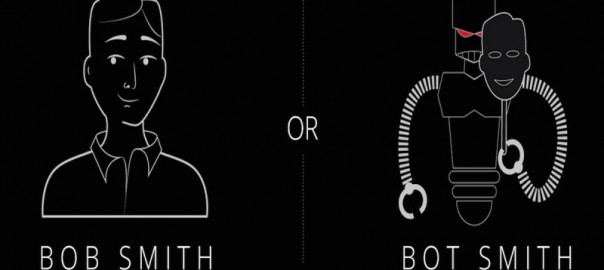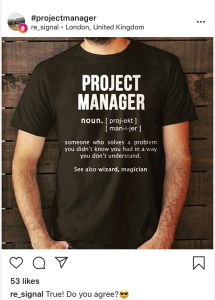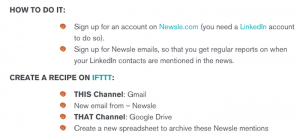Analysis was part of the anti-bot partnership between video ad platform Videology and security firm White Ops.
A new study, out today, finds that video ads with bot-blocking had 22 percent more brand engagement.
The whitepaper from video ad platform Videology and security firm White Ops, “Eradicating Bot Fraud: The Path to Zero-Tolerance,” looked at nearly 300,000 video ad impressions delivered by the Videology platform with the White Ops bot-blocking technology turned on.
This run was then compared with the same ad impressions, also about 300,000 and delivered to the same publishers’ inventory, with no bot-blocking.
Videology director of product management Quinn Sanders told me that, each time an impression was called, the anti-bot technology would look at the requesting browser and determine if a bot was making the request. If so, the ad impression was denied, and the space might remain empty or the publisher might immediately substitute an ad from its own supply. All of this, of course, was done in milliseconds.
Sanders said White Ops has an ongoing detection program that knows the characteristics of bots, a kind of digital fingerprint that allows it to immediately determine if the requester is human or not.
The brand engagement was measured by a simple survey asked at the end of each video ad, in an interactive overlay. After the video ad ran, the survey asked the user to reply to multiple choice questions relating to whether they had seen the ad. Bots wouldn’t be able to answer, while at least some of the humans who watched the whole video ad would click their answers.
Although this is a fairly rudimentary indication of engagement with the brand, it at least showed if humans were watching the video.
About 10.1 percent of the traffic in the test was from bots, but the engagement level of humans answering the end-of-video survey in the non-bot run was 22 percent — about twice the percentage of human users that replaced bots, for some undetermined reason.
The companies noted that a campaign with bot blocking costs about 20 cents more per thousand (CPM) than a campaign without. But, they said, with more human viewers, the effective CPM for the advertiser paying $10/CPM with bot protection is actually slightly over $11 per thousand of human-watched impressions.
White Ops has estimated that, worldwide, advertisers will lose about $6.3 billion to fake impressions from bots this year, which could increase by as much as another billion dollars next year. In general, anywhere from eight percent to about a quarter of all online video ad impressions are estimated by White Ops and others to be caused by bots.
Bots are software agents that mimic human user behavior. They browse sites, causing ads to load even though no human is present and sometimes even clicking on the ad. According to the white paper, two-thirds of bot fraud comes from residential computers that have been infected with malware that runs the bots.
Tim Castree, managing director for Videology North America, said in a statement that brands “are concerned about bot fraud, but there is still confusion over both the impact and extent of the problem and what can realistically be done about it.”
The white paper, he said, shows that “employing the right bot blocking technology can drive substantially better outcomes by reaching humans who can actually drive those outcomes.”
Earlier this year, Videology and White Ops announced a partnership to wage a war against bots.
(Some images used under license from Shutterstock.com.)
Marketing Land – Internet Marketing News, Strategies & Tips
(110)







